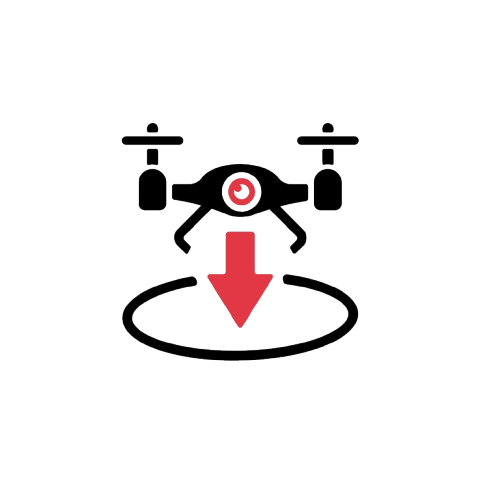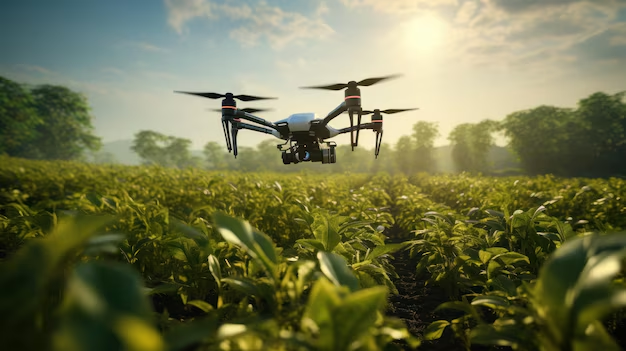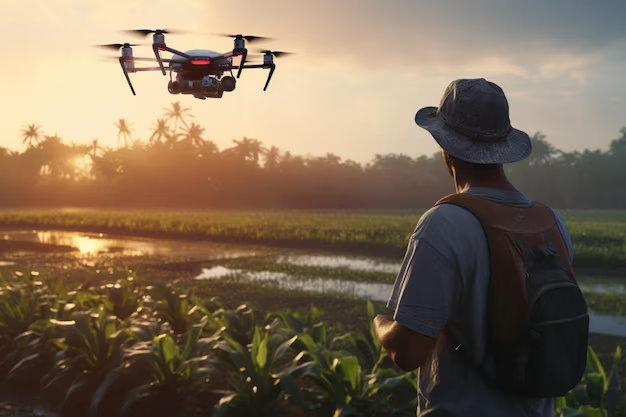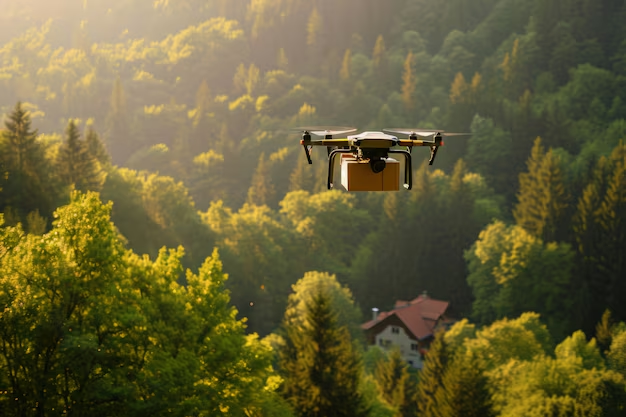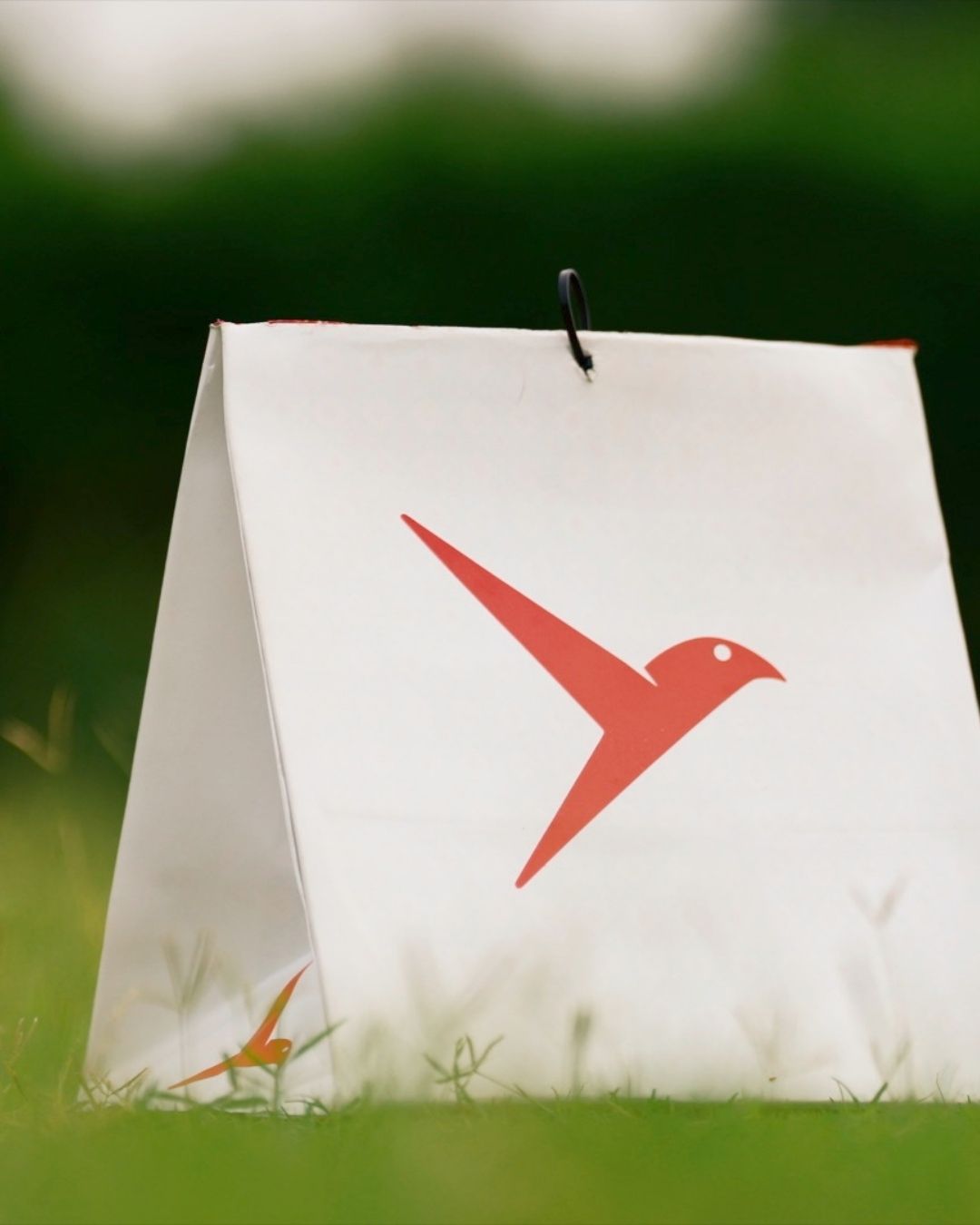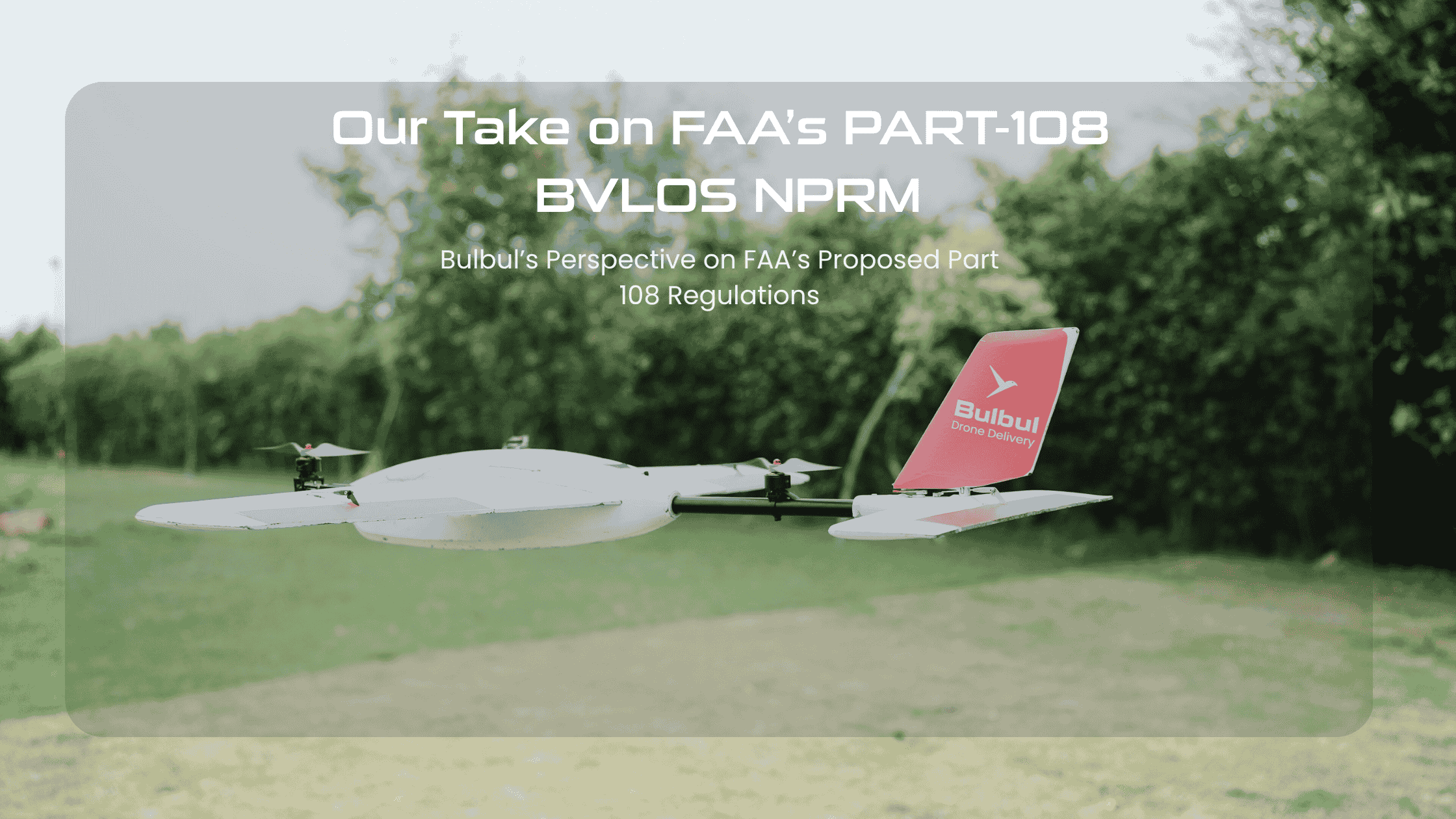One problem that has troubled many countries all around is the difficulty of getting vital medical supplies to rural areas. Road deliveries and other conventional transportation techniques frequently fall short for rural, difficult-to-reach areas. Medical delivery drones fit here since they provide a hopeful answer to this age-old issue.
By giving timely access to medicinal items, these creative delivery drones are not only accelerating the procedure but also helping to save lives. This article will investigate in great depth the tactics by which medical delivery drones might increase access to healthcare in rural areas, guaranteeing that everyone has access to the treatment they require, no matter where they reside.
1. Establishing Drone Delivery Networks
Creating a thorough ‘drone delivery near me’ network is among the most crucial ways to use medical delivery drones in rural healthcare. This system calls for establishing multiple hubs or base stations in urban and rural areas. Medical goods meant to be transported by drones use these hubs as drop-off and pick-up locations.
From these hubs, the drones can take off straight to clinics, hospitals, or even private houses in far-flung places. Mapping out these paths helps to guarantee consistent and effective deliveries. As technology and demand grow, this network can potentially be extended, therefore providing a scalable approach to enhance access to healthcare.
2. Integrating Drone Technology with Healthcare Systems
Medical delivery drones can only be really effective if they are incorporated flawlessly into current healthcare systems. Health authorities, local governments, and drone operators working together will handle this. Medical institutions must be prepared with the required infrastructure to accept drone delivery, including monitoring devices to monitor the drones in real time and authorized landing zones.
Furthermore, medical workers have to be educated on how to use the equipment once it gets there, hence guaranteeing safe delivery and correct usage of the supplies. Rural areas can see a major increase in the speed and efficiency of medical deliveries by matching drone operations with healthcare protocols.
3. Overcoming Regulatory Challenges
Although the advantages of drones for delivery are apparent, several legal issues still have to be handled. Many nations still consider drones to be very novel technology; legislation governing their usage in healthcare delivery is usually not well established. Working with regulatory authorities to provide unambiguous rules for drone operations in healthcare will help to guarantee the broad use of medical delivery drones.
This covers safety issues, including ensuring drones don’t endanger ground-based people or disrupt air traffic. It also means guaranteeing the security and privacy of medical goods being moved. Once these rules are in place, drone operators will be able to legally and safely deliver medical supplies, even to rural and underprivileged locations.
4. Ensuring the Security and Safety of Deliveries
As drones are more and more used in medical deliveries, safety and security will be top concern. In rural places, where drones can be flying over vast stretches of difficult terrain, this is particularly important. Delivery drones have to be equipped with the newest technologies to ensure safe and effective operation.
GPS monitoring equipment, for instance, should ensure that medical delivery drones are always on route and easy to locate in an emergency. Built to withstand harsh conditions, such high winds or rain, which are rather common in rural regions, these drones must also be. Including these safety features will significantly increase the reliability of drone deliveries.
5. Real-Time Monitoring and Communication
Another important aspect of drone delivery for healthcare is real-time tracking of deliveries. This technology enables doctors and patients know exactly where the drone is headed. Real-time monitoring guarantees better delivery management by allowing any issues to be addressed immediately.
A drone, for example, can inform ground operators if it encounters a barrier or technical issue, therefore enabling them to immediately rectify it. Regarding the delivery of time-sensitive medical commodities like immunizations or blood, this reduces the probability of supply chain delays or interruptions, which can be fairly significant.
6. Expanding the Range of Medical Products Delivered
Currently, drones have quite limited payload capacity, which restricts their ability to carry light medical goods. However, as drone technology develops, this restriction is being handled. Researchers are focusing on creating bigger drones that can carry more weight, which will enable the distribution of a wider variety of medical products, including major medical equipment or longer supplies.
This development will guarantee that even the most complicated medical needs may be satisfied, hence expanding the range of what drones for delivery can achieve for rural healthcare. Drone technology is developing, so we can anticipate stronger and more flexible drones that will be able to manage a broader range of medical deliveries, hence enhancing healthcare access.
Benefits of Drones for Rural Healthcare
Especially in rural locations where healthcare access might be challenging, the advantages of employing medical delivery drones are many. Drones, for example, can significantly cut delivery times. In areas with inadequate or nonexistent roads, drones can fly straight to their destination, skipping all the barriers that would often impede conventional transportation.
Furthermore, drones for medical delivery save transportation expenses. Drones provide a more affordable means of transporting medical supplies to distant locations since they are far less expensive than helicopters or planes. Drones also help to preserve the environment by lowering the carbon impact of conventional transportation techniques.
Statistics Supporting the Effectiveness of Drone Deliveries
Recent research and the use of drone delivery systems reveal encouraging outcomes. For example, the use of drones to distribute vaccines in rural areas of India has revealed that drones can travel distances up to 36 kilometers in under 30 minutes, a significant time saver compared to conventional road delivery, which could take several hours.
Moreover, in a case study from the United States, medical clinics in rural Virginia got their medical supplies 60 minutes faster when employing drones for delivery than using road transportation. These instances underline the efficiency and time-saving benefits that medical delivery drones could offer to rural healthcare facilities.
Conclusion
In isolated and rural locations, medical delivery drones are set to have a significant effect on healthcare. Drones can potentially transform the way medical supplies are provided by overcoming logistical obstacles, enhancing delivery times, and lowering costs. Medical delivery drones will be a necessary instrument in guaranteeing that everyone, no matter where they are, can access the treatment they require as technology advances and rules change.
For more information on how drones transform healthcare delivery, visit Bulbul Delivery.






